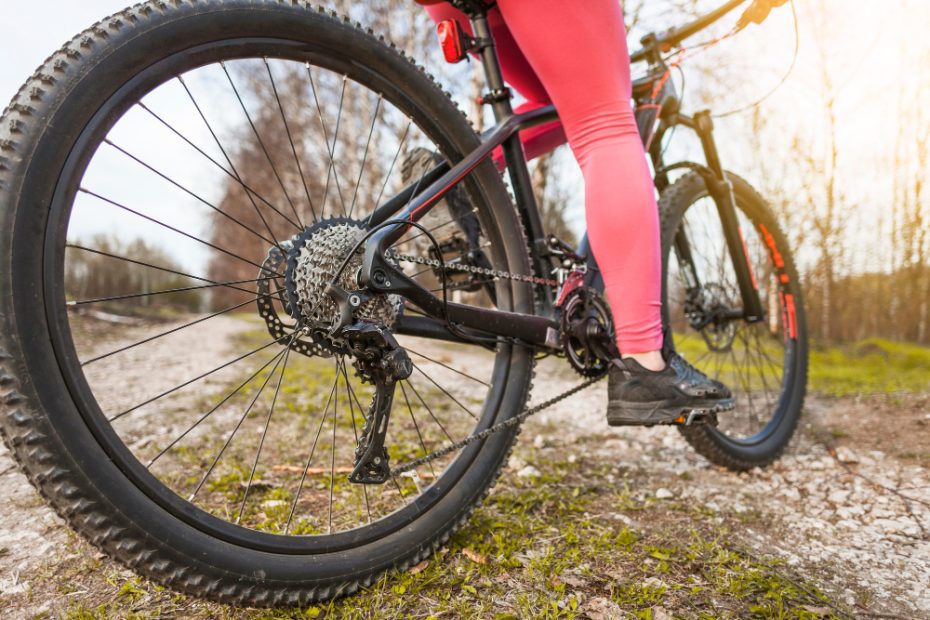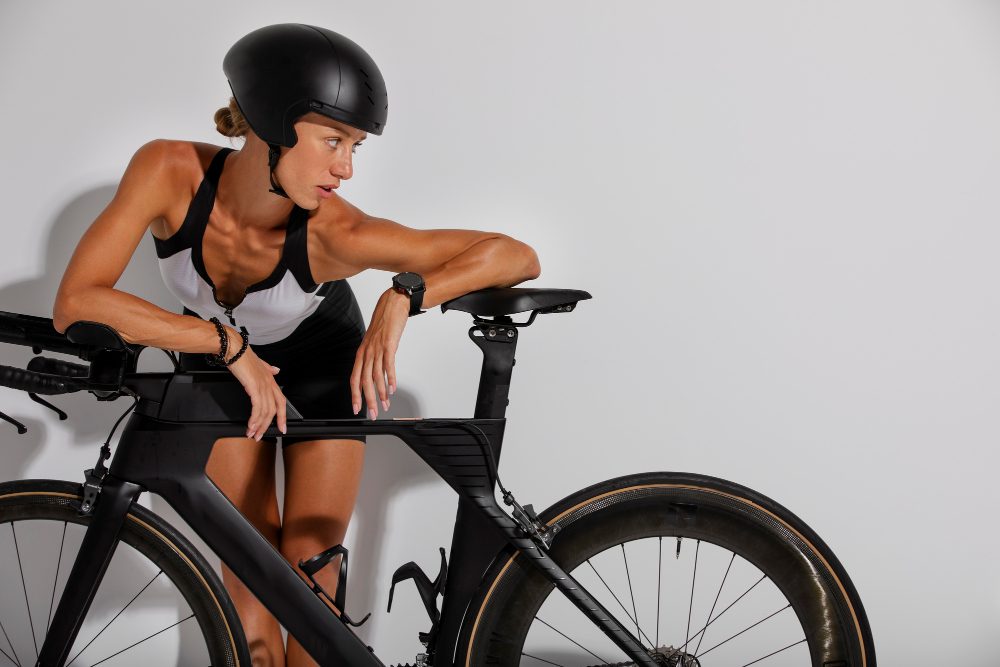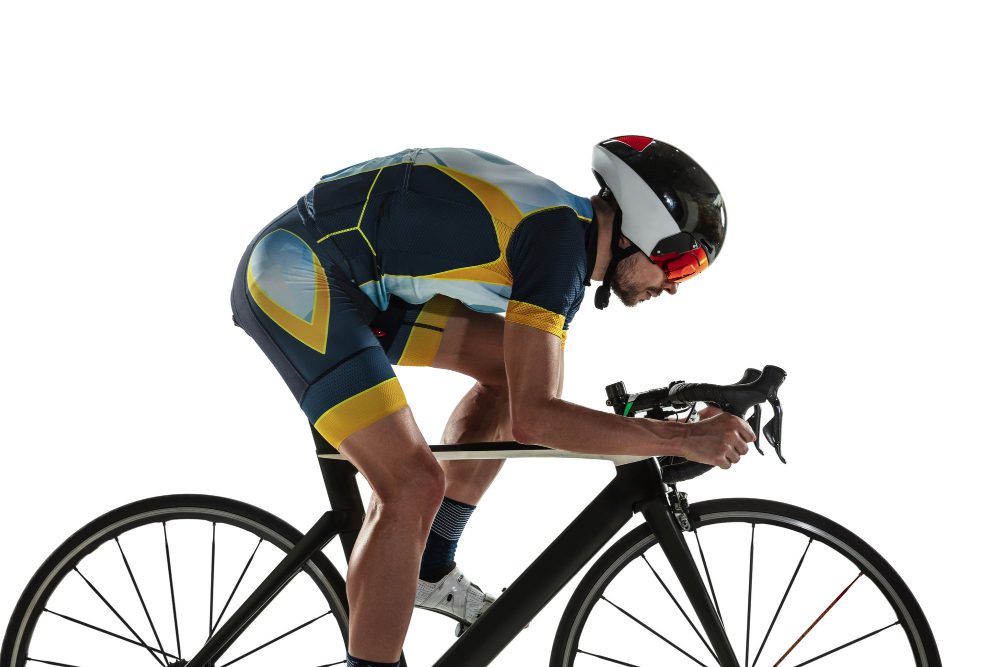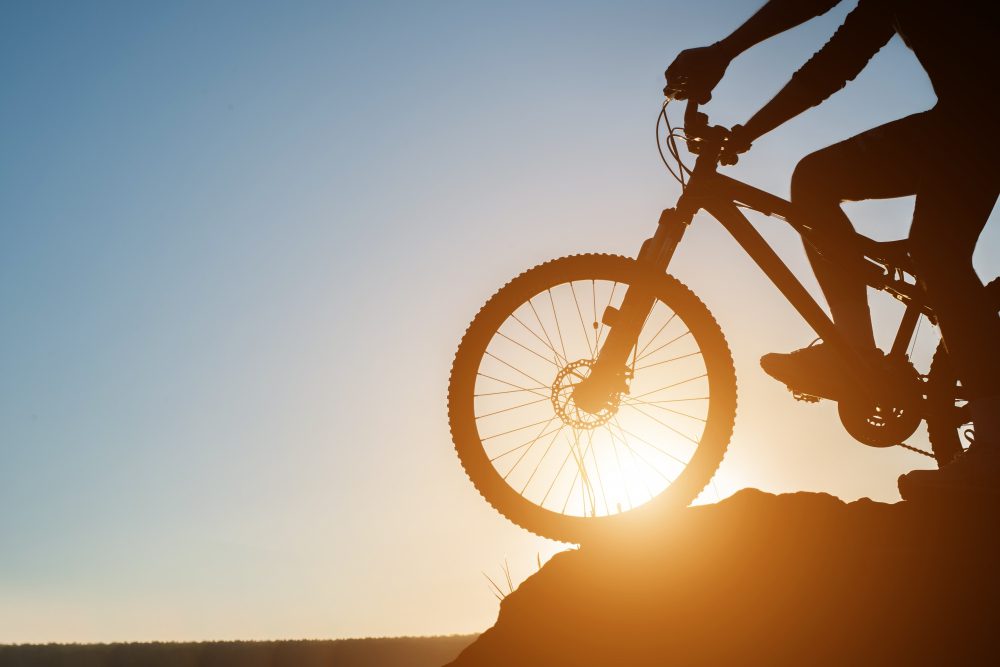Do I need clip pedals for triathlon?
Introduction
In the world of triathlon, every second counts. With the constant pursuit of shaving off time and maximizing performance, athletes are always looking for ways to gain an advantage. One component that often comes into question is the choice of pedals. Specifically, whether or not clip pedals are necessary for triathlon.
Clip pedals, also known as clipless pedals, are a popular choice among cyclists due to their ability to provide a secure connection between the cyclist’s shoe and the pedal. This connection allows for efficient power transfer, improved pedaling technique, and a more stable and controlled ride. However, whether or not these benefits translate to triathlon events is a subject of debate.
The Benefits of Clip Pedals
Efficient Power Transfer: One of the main advantages of clip pedals is the ability to maximize power transfer from the legs to the pedals. With a secure connection, every ounce of energy exerted by the cyclist is utilized, resulting in improved efficiency and speed.
In triathlon events where every second matters, having clip pedals can potentially make a significant difference in overall race time.
Pedaling Technique: Clip pedals also encourage better pedaling technique. With the feet firmly attached to the pedals, cyclists are able to utilize the full 360-degree pedal stroke, effectively engaging more muscles and minimizing wasted movement.
Control and Stability: The secure connection provided by clip pedals gives cyclists greater control and stability, especially during fast descents or sharp turns. This can be particularly advantageous in triathlon races that involve challenging terrains or technical courses.
Considerations for Triathlon Events
While clip pedals offer numerous benefits, their suitability for triathlon events depends on several factors. It’s important to consider the individual athlete’s experience and skill level, as well as the specific race conditions.
Experience and Skill Level: For athletes new to cycling or those who are still developing their bike handling skills, clip pedals may not be the optimal choice. Being securely attached to the pedals requires additional practice and confidence to unclip quickly when needed.
Triathlon Distances: The distance of the triathlon event can also play a role in pedal selection. In longer-distance triathlons such as Ironman races, where overall endurance is key, comfort becomes a significant factor. Some athletes prefer using flat pedals or hybrid pedals that offer a balance between efficiency and comfort.
Personal Preference and Comfort
No One-Size-Fits-All Approach: Ultimately, the choice between clip pedals and other pedal options is a matter of personal preference and comfort. Every athlete is unique, and what works for one may not work for another.
Experiment and Find What Works Best: It is essential for triathletes to experiment with different pedal types during training sessions. Conducting trials on various terrains and distances can help determine which pedal option provides the best combination of power, control, and overall comfort.
What kind of pedals do triathletes use?
Clipless Pedals
Triathletes commonly use clipless pedals, which offer several advantages over traditional platform pedals. These pedals allow for a more efficient transfer of power from the legs to the bike, resulting in increased speed and performance. By securely attaching cycling shoes to the pedals, clipless systems ensure that the foot stays in the optimal position throughout the pedal stroke.
Benefits of Clipless Pedals
Using clipless pedals during a triathlon offers numerous benefits. Firstly, they provide improved pedaling efficiency, allowing triathletes to generate more power with each stroke. Secondly, clipless pedals promote a smoother and more consistent pedal stroke, reducing the risk of injury and fatigue. Additionally, they enhance bike control and stability, especially during fast descents or when navigating through challenging terrain.
Popular Clipless Pedal Systems
There are several popular clipless pedal systems preferred by triathletes, including:
- Shimano SPD-SL: Known for their wide platform and stable connection, Shimano SPD-SL pedals are favored by many triathletes.
- Look Keo: Look Keo pedals are lightweight and offer a wide range of float adjustment options, allowing for a more customized fit.
- Speedplay Zero: Speedplay Zero pedals are known for their low stack height, which provides a direct connection to the bike and enhances power transfer.
Considerations for Triathletes
When selecting pedals for triathlon, it’s important to consider a few factors:
- Comfort: Choose pedals that are comfortable and compatible with your cycling shoes to ensure a smooth and enjoyable ride.
- Adjustability: Look for pedals that offer adjustable tension settings to suit your preferred engagement and release tension.
- Suitability: Consider the type of triathlon you’ll be participating in. For example, if you’ll be doing off-road sections, you may want to opt for mountain bike pedals.
Triathlete Jane Doe shares her experience with clipless pedals: “Using clipless pedals dramatically improved my cycling performance during triathlons. The increased power transfer and stability made a noticeable difference in my overall speed and efficiency.”
In conclusion, clipless pedals are the preferred choice for triathletes due to their ability to enhance pedaling efficiency and bike control. Popular pedal systems such as Shimano SPD-SL, Look Keo, and Speedplay Zero offer triathletes different options to suit their individual preferences. When choosing pedals, consider comfort, adjustability, and suitability for the specific triathlon event. So, whether you are a seasoned triathlete or just starting out, clipless pedals can have a significant impact on your performance.
Can I ride clip pedals with normal shoes?
Clip pedals, also known as clipless or cleated pedals, are a popular choice among triathletes and cyclists for their efficiency in power transfer. However, if you’re new to cycling or triathlon, you might be wondering whether you need to invest in special cycling shoes to use clip pedals.
What are clip pedals?
Clip pedals are designed to secure your feet to the pedals, allowing you to pedal more efficiently by utilizing both the downward and upward strokes. They typically consist of a pedal with an attachment mechanism that works in conjunction with specific cycling shoes equipped with matching cleats.
Using clip pedals with normal shoes
While it is technically possible to ride with clip pedals using normal shoes, this is not recommended. The main reason is that without cycling-specific shoes, you won’t have the proper interface to fully engage with the clip pedal system. This means you won’t experience the full benefits of increased power transfer and pedal efficiency.
Normal shoes tend to have flexible soles, which can lead to uncomfortable hot spots and diminished pedaling efficiency. Additionally, the lack of a secure connection between your shoes and the pedals can increase the risk of your feet slipping off during intense cycling or triathlon efforts.
The benefits of cycling shoes
Cycling shoes are specifically designed for optimal performance on the bike. They feature stiff soles that enhance power transfer, provide better support for your feet, and reduce the risk of discomfort or injury. Additionally, cycling shoes with clipless pedal systems offer adjustable tension settings, allowing you to customize the engagement and release of your feet from the pedals.
Using clip pedals with normal shoes may limit your ability to fully enjoy the benefits of cycling and triathlon training. Investing in a good pair of cycling shoes will significantly enhance your performance and overall experience.
Conclusion
While it is technically possible to ride with clip pedals using normal shoes, it is not recommended. To fully enjoy the benefits of clip pedals, investing in a pair of cycling shoes with compatible cleats is highly recommended. Not only will this improve your pedaling efficiency and power transfer, but it will also provide better support and reduce the risk of discomfort or injury. Don’t compromise on your cycling or triathlon experience – invest in the right gear for optimal performance.



